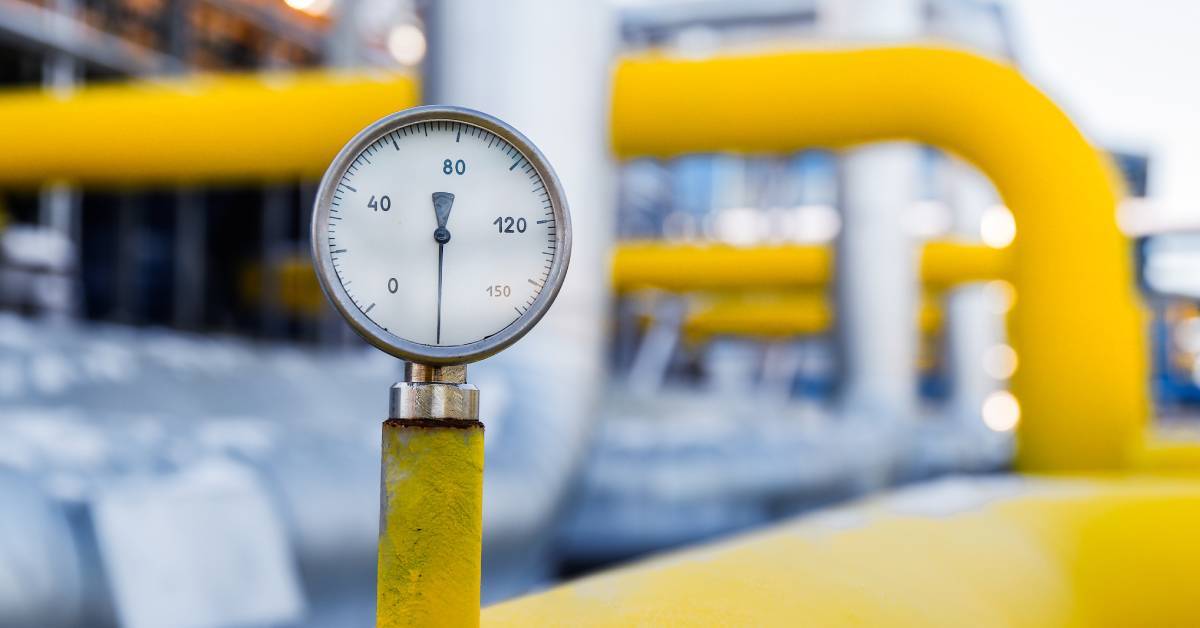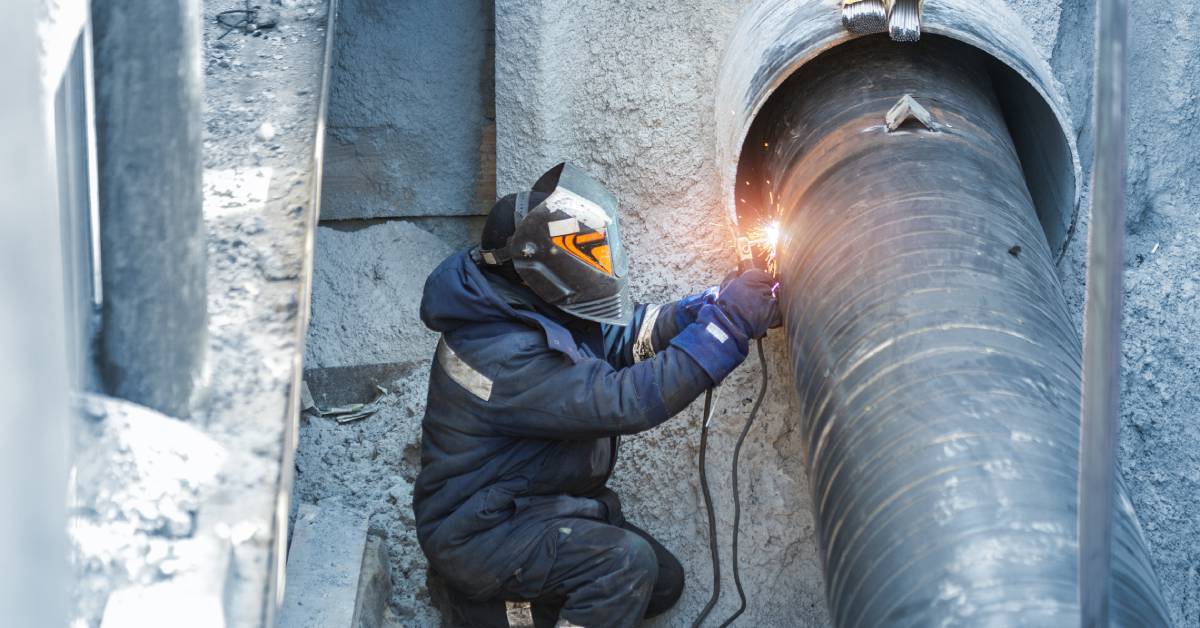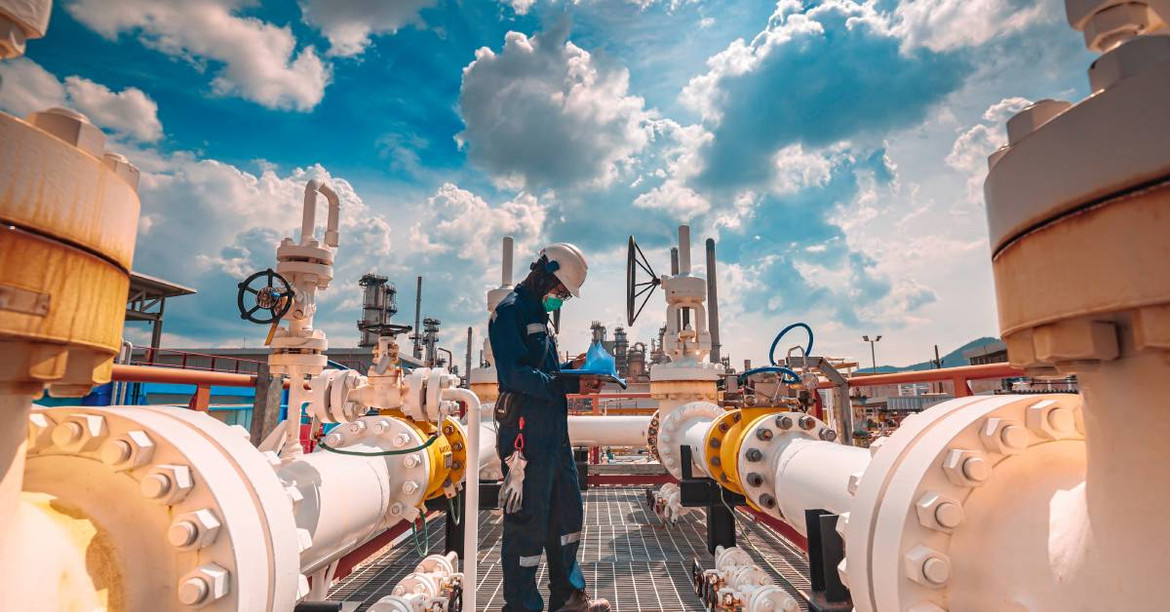Posted by RCP on 27th Jan 2025
Tips for Hydrostatic Testing in the Oil & Gas Industry
Hydrostatic testing plays a critical role in maintaining the integrity and safety of pipelines, pressure vessels, and other equipment in the oil and gas industry. By following proper guidelines and employing the right tools, you can streamline testing operations and maintain the reliability of your assets. Let’s explore the following tips for hydrostatic testing in the oil and gas industry.
Understanding the Basics of Hydrostatic Testing
Hydrostatic testing involves filling a pipeline, pressure vessel, or other equipment with a liquid—usually water—to assess its structural integrity. By pressurizing the system to levels beyond its normal operating conditions, this test identifies leaks, weak points, or other defects that could compromise safety.
The process typically includes pressurizing the equipment, monitoring for leaks, and recording pressure data over time. Equipment such as pressure gauges, chart recorders, and test pumps are essential for accurate testing. Ensuring the reliability of these tools is crucial for successful operations.
Selecting the Right Equipment for Hydrostatic Testing

Investing in high-quality testing equipment improves accuracy and reliability. Purchasing agents and inventory buyers should prioritize tools that meet or exceed industry standards. Critical components include:
- Test Pumps: Ensure your pumps can maintain the pressure levels required in your operations. Look for pumps with robust construction and reliable performance.
- Pressure Gauges: High-accuracy pressure gauges are vital for monitoring and maintaining appropriate pressure levels during testing.
- Chart Recorders: These devices document pressure data over time, providing a permanent record of the test. Modern chart recorders with digital displays and storage capabilities are particularly useful.
- Hoses and Fittings: High-quality hoses and fittings prevent leaks and maintain consistent pressure throughout the testing process.
Preparing for Hydrostatic Testing
Proper preparation reduces delays and ensures the accuracy of hydrostatic tests. Begin by cleaning the equipment to remove debris, oil, or other contaminants that could affect the test results. Verify that all components are in good condition and replace any damaged parts.
Pre-fill the system with the testing liquid to remove air pockets, as trapped air can distort pressure readings. Use calibrated pressure gauges and chart recorders to avoid inaccuracies. Finally, train all testing personnel in safety protocols and ensure they understand the testing process.
Safety Considerations During Hydrostatic Testing
Safety is paramount during hydrostatic testing to protect personnel and equipment. Ensure all testing personnel wear appropriate personal protective equipment (PPE), including gloves, safety glasses, and steel-toed boots. Establish clear communication protocols to keep everyone informed of testing progress and potential hazards.
Conduct a pre-test safety briefing to review emergency procedures, such as how to respond to leaks or equipment failure. Keep fire extinguishers and first aid kits readily available. Additionally, use barriers or warning signs to restrict access to the testing area, minimizing the risk of accidents.
Conducting the Hydrostatic Test
Follow a systematic approach to achieve reliable results. Begin by pressurizing the system slowly to avoid introducing sudden stress.
Monitor pressure levels continuously, using high-accuracy gauges and a chart recorder to document data. Maintain the pressure for the specified duration, as per industry standards or project requirements.
Check for visible leaks or pressure drops during the test. Use non-destructive testing methods, such as dye penetrant testing, to locate defects. If the system passes the test without leaks or pressure loss, you can categorize it as safe for operation.
Recording and Analyzing Test Data
Accurate data recording is critical for regulatory compliance and quality assurance. Chart recorders play a key role by providing a visual and permanent record of pressure variations throughout the test. Modern chart recorders with digital capabilities offer additional benefits, such as remote monitoring and easy data storage.
Analyze the recorded data for any anomalies or inconsistencies. Sudden pressure drops often indicate leaks or structural weaknesses. Use this information to address issues before placing the equipment into service.
Testing Equipment Maintenance
Regular maintenance prolongs the reliability and longevity of hydrostatic testing equipment. It’s essential to periodically calibrate test pumps, pressure gauges, and chart recorders to maintain their accuracy. Inspect hoses and fittings for wear or damage and replace them as needed.
Store equipment in a clean, dry environment to prevent corrosion and contamination. Keep detailed records of maintenance activities to comply with quality management standards and ensure readiness for future testing operations.
Common Challenges in Hydrostatic Testing and How To Address Them

Hydrostatic testing in the oil and gas industry often involves logistical and technical challenges. Leaks, equipment failure, and inaccurate data recording are common issues. By proactively addressing these challenges, you can minimize disruptions and ensure the efficiency of your testing operations.
- Leaks: Identify and repair leaks promptly to avoid retesting and delays. Use high-quality sealing materials and ensure proper installation of components.
- Equipment Failure: Prevent equipment failure through regular maintenance and timely replacement of worn-out parts.
- Inaccurate Data: Invest in reliable chart recorders and pressure gauges to achieve accurate data collection. Train personnel to interpret test results correctly to prevent a misdiagnosis.
Emerging Technologies in Hydrostatic Testing
Advancements in technology have significantly improved the accuracy, efficiency, and safety of hydrostatic testing. One of the most notable innovations is the adoption of digital chart recorders with wireless connectivity.
These devices enable real-time monitoring and data transmission to remote systems, allowing for quick decision-making and enhanced collaboration among teams. By reducing the reliance on manual input, digital systems also minimize the risk of human error.
Automated test pumps with programmable pressure settings are another game-changer. These pumps ensure consistent and precise pressure application, streamlining the testing process. Operators can program specific pressure profiles tailored to the testing equipment, saving time and resources.
Emerging non-destructive testing (NDT) technologies, such as ultrasonic sensors and thermal imaging cameras, allow for advanced defect detection without disrupting the testing process. Ultrasonic sensors can pinpoint micro-cracks and internal flaws, while thermal imaging helps identify temperature anomalies that might indicate structural weaknesses.
The integration of machine learning and predictive analytics is also reshaping hydrostatic testing. Advanced software can analyze historical test data to predict potential failures, enabling preemptive maintenance and reducing the likelihood of unexpected breakdowns.
Investing in these emerging technologies improves the quality and reliability of hydrostatic testing and reduces operational costs and downtime. By staying ahead of technological advancements, companies can maintain a competitive edge while ensuring safety and compliance.
Final Thoughts on Hydrostatic Testing
Hydrostatic testing is a vital procedure for maintaining the safety and reliability of oil and gas infrastructure. Following these tips for hydrostatic testing in the oil and gas industry will help your organization meet regulatory requirements and maintain operational excellence.
When running a test, purchasing agents and inventory buyers should carefully consider every detail, from selecting durable hoses to using a chart recorder pen in redfor clear data annotation. Recorders Charts & Pens has the perfect pens, recorder supplies, and more for oil and gas companies.

